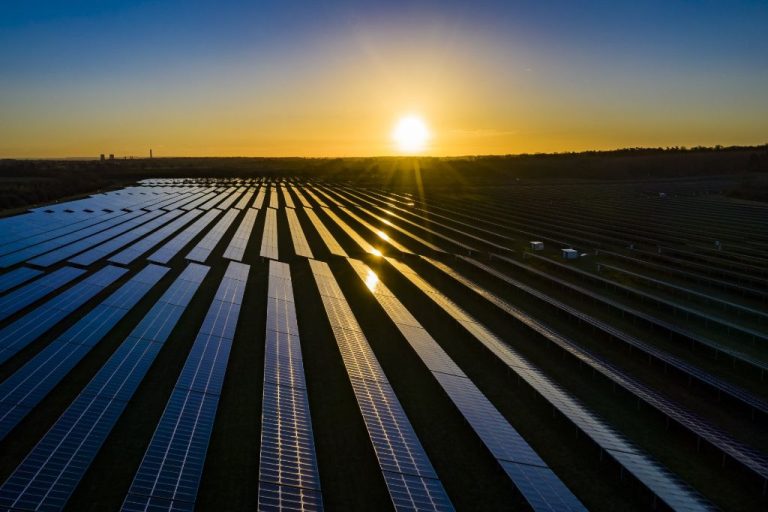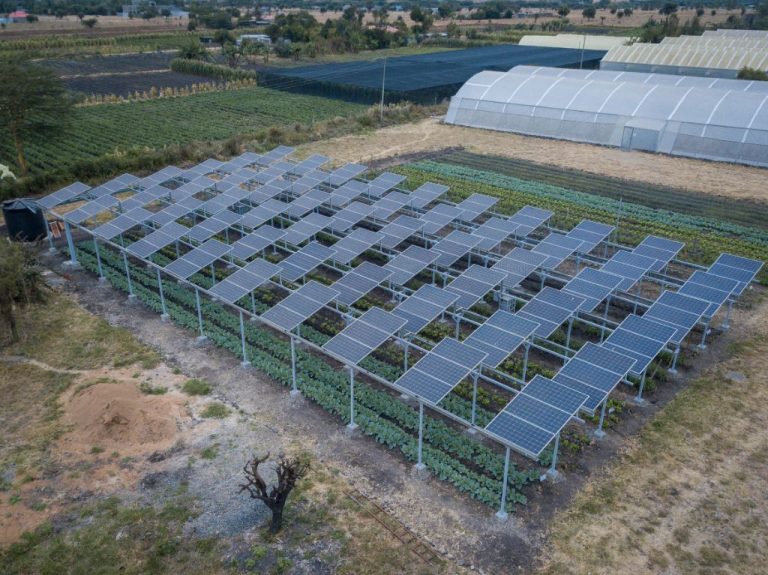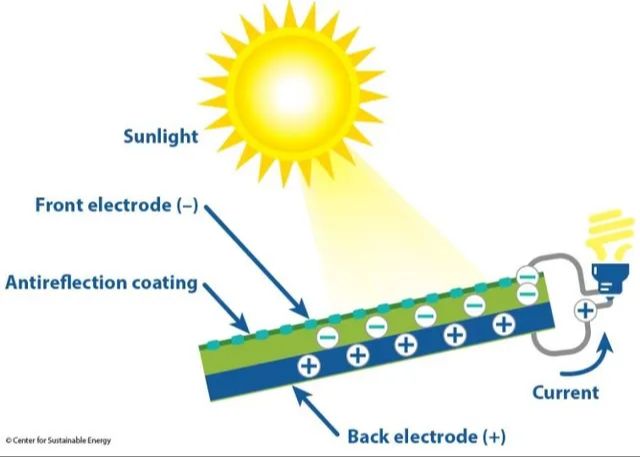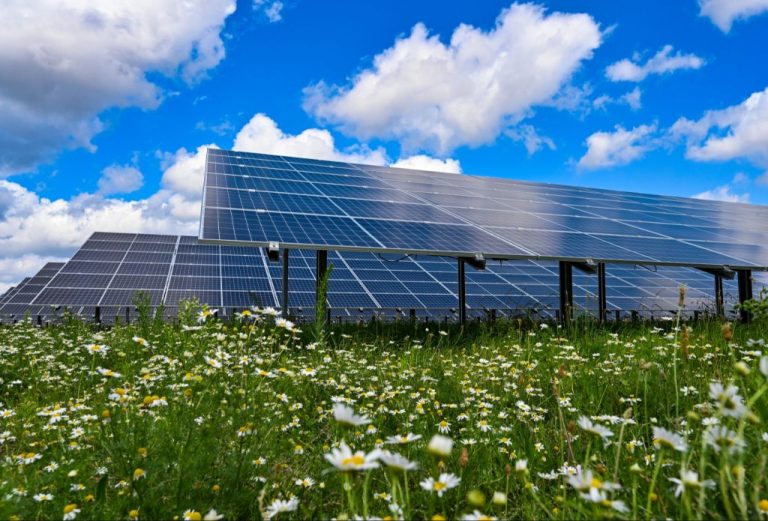Is It Worth It To Buy Used Solar Panels?
With the cost of purchasing and installing new solar panel systems often running into the tens of thousands of dollars, many homeowners are exploring options to cut these costs. One such option is to purchase used or secondhand solar panels. Used solar panels can potentially offer significant savings over brand new panels, with prices often 30-50% less. However, there are also risks and downsides associated with used solar equipment that must be carefully considered.
This article provides an in-depth look at the used solar panel market, including the potential pros and cons of going with pre-owned panels versus new. It offers guidance on evaluating used solar panels, points to consider for installation and maintenance, insights into warranties, and a cost-benefit analysis to help homeowners decide if used solar is the right choice for their needs and budget.
Used Solar Panel Market
The used solar panel market has grown significantly in recent years as more homes and businesses install solar panels. There are a few main ways that used solar panels become available:
- Solar leases – Some homeowners choose to lease their solar panel systems rather than buy them. At the end of the typical 20-year solar lease, the leasing company removes the system and the used panels enter the secondary market.
- Upgrades – As solar technology improves, some homeowners decide to upgrade their systems to newer, more efficient panels. Their older panels can be sold into the used market.
- Damage – In some cases, panels may be damaged during shipping, installation, or a weather event. If they are still functional, they can be sold as used.
- Bankruptcies – When solar companies go bankrupt, their inventory of new and used panels gets liquidated.
This growing supply of used solar panels provides an opportunity for homeowners to save on installation costs. However, it also requires careful inspection to ensure quality and reliability.
Pros of Used Solar Panels
One of the biggest advantages of purchasing used solar panels is the potential for major cost savings compared to buying new. Used solar panels can often be purchased for 50-75% less than brand new panels. For homeowners and businesses looking to go solar on a budget, used panels can help make the switch to renewable energy far more affordable.
Beyond just the upfront cost savings, used solar panels provide an environmentally-friendly way to go green by reusing products that still have substantial useful life left. Rather than ending up in landfills, recycled solar panels can continue generating emissions-free electricity for 10-20 more years. Going with used equipment reduces the energy, materials and resources needed to manufacture brand new solar panels.
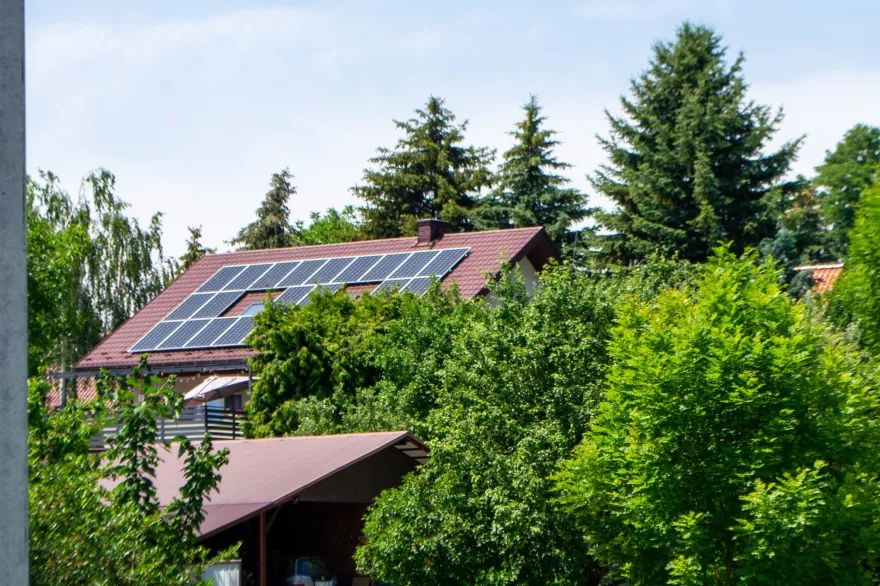
Cons of Used Solar Panels
While used solar panels can offer significant cost savings, there are some drawbacks to consider:
Older Technology
Used panels are typically an older generation of solar technology. Advancements in solar panel design over the past 5-10 years mean that newer panels are more efficient at converting sunlight into electricity.
Many used panels for sale are crystalline silicon panels from the early 2010s or older. Newer panels with higher efficiencies are typically made from monocrystalline PERC silicon. So while used panels will still produce energy, their output per square foot is lower.
Decreased Efficiency
In addition to being an older technology, used solar panels naturally degrade over time. Most solar panels lose around 0.5% of their power output each year as materials slowly break down in the elements.
So a 10 year old used panel may only be operating at 95% of its original rated power output. This decreased efficiency means you need more panels to achieve the same energy production.
Uncertain Condition
When buying used panels, it’s hard to say what shape they are actually in. Issues like micro-cracks, corrosion, weathering, or mechanical damage can impact performance.
While used panel sellers often provide testing data, it’s usually for a sample of the batch, not every panel. So the condition and output of each individual panel is an uncertainty.
Evaluating Used Solar Panels
When evaluating used solar panels, it is important to thoroughly inspect each panel and test its performance to avoid buying damaged or underperforming equipment. Here are some key things to look for:
Physical Condition
Carefully inspect the solar cells, wires, frame, glass, and backing material for any cracks, corrosion, or other damage. The panels should be structurally sound without any broken parts.
Output Performance
Using a solar analyzer, test the output of the panels under sunlight and verify they are producing electricity at or close to their nameplate rating. Underperformance could indicate problems.
Electrical Tests
Check that bypass diodes are working properly and there are no electrical shorts in the solar cells. This requires special equipment but can identify issues.
Age and Appearance
While cosmetics don’t affect performance, inspect panels for signs of weathering like discoloration, rust, worn connectors etc. Very old panels may need replacement sooner.
Getting used panels professionally appraised or tested can provide peace of mind about their condition and remaining lifespan.
Installation Considerations for Used Solar Panels
When installing used solar panels, you’ll need to consider how to integrate them into your existing electrical infrastructure. Using an existing solar array or electrical wiring can reduce costs compared to installing a completely new system. However, your existing electrical panel, inverter, and wiring should be evaluated to ensure they can handle additional solar panels. Older wiring may need to be replaced to handle increased capacity.
If expanding an existing solar array with used panels, the new panels should match the electrical specifications and layout of the original installation. The solar array frames, racking, and wiring should seamlessly integrate with the existing infrastructure. All panels in an array must be compatible in terms of wattage, voltage, and amperage.
Those installing a completely new solar array with used panels will need to plan the layout, purchase compatible system components like racks and inverters, obtain permits, and hire a qualified installer. Though used panels may save on costs, proper installation is still essential.
When expanding capacity, also consider your future energy needs. Installing used panels can provide an affordable way to meet current demand, while leaving room to add new panels later as needs increase.
Maintenance Needs
When buying used solar panels, it’s important to plan for ongoing maintenance and monitoring. Older systems may require more upkeep than newer models. Key things to watch for include:
Inverter issues – Inverters convert the DC power from solar panels into usable AC power. They typically last 10-15 years. Signs of failure include reduced energy output or the system not operating at all. Replacing an inverter can cost $1,000-$2,000.
Roof leaks – Leaks around panel mounts or wiring can occur over time, especially on older roofs. This can lead to damage or electricity safety issues. Periodically inspect mounts and seals, and repair as needed.
Wiring degradation – Wiring, connectors, and insulation can degrade after prolonged sun and weather exposure. Inspect wires for cracks and replace components as required.
Panel output loss – Solar panels gradually produce less power over time. Output can drop around 0.5% per year. Higher than expected loss may indicate panel damage or defects. Compare output to specifications.
Snow and debris cleaning – Dirt, snow, leaves, and other debris on solar panels will reduce output. Periodic cleaning maintains production. Carefully clear debris without damaging panels.
Shading – New objects like trees or structures that shade panels will cut output. Trim back vegetation and adjust panels as needed to maximize sun exposure.
Regular system inspections, upkeep, and component replacement when required will help maintain safe and optimal solar production. Factor maintenance costs into long-term savings calculations.
Warranties
One of the biggest downsides of purchasing used solar panels is that they typically do not come with a manufacturer’s warranty. When you buy new solar panels, they are usually covered by a 10-25 year manufacturer’s warranty against defects. This gives you peace of mind that the panels will perform as expected or be replaced if issues arise.
With used panels, you are buying them as-is without this manufacturer backing. Some used panel sellers may offer their own short-term warranty (1-5 years), but this is not as comprehensive as a full manufacturer warranty. You will be responsible for all costs associated with repairs or replacement if the used panels fail prematurely.
There are some aftermarket companies that offer extended warranty options on used solar equipment. For an additional fee, you may be able to purchase a 10-year warranty. However, the coverage may not be as robust as a manufacturer warranty and limitations are more likely. Carefully review what is and is not covered by any aftermarket warranty option.
The lack of a strong original manufacturer warranty is a risk you take when purchasing used solar panels. Make sure to factor the costs of potential repairs or replacements into your cost analysis before making a purchase. Weigh the savings upfront versus the lack of long-term equipment protection.
Cost Analysis
When deciding whether to purchase used solar panels, it’s important to weigh the upfront costs against the long-term electricity bill savings. Here are some key cost considerations:
Purchase Price – Used solar panels are typically 20-30% cheaper than new panels. A 5kW system of new panels may cost $15,000 whereas used panels may cost $10,000-$12,000 for the same system size.
Installation – Installation costs for used and new systems are similar, in the range of $7,000-$10,000 depending on system size, roof type, location and local labor costs. When calculating payback time, be sure to factor in total installed cost.
Electricity Savings – Installing solar can reduce electicity bills by 50-90%. Calculate your specific energy usage and utility rates to estimate annual savings. This recurring benefit makes the investment in solar panels worthwhile over the system’s lifespan.
Incentives and Tax Credits – Check for federal, state and local incentives. Many provide credits and rebates for used solar panel installations. The federal tax credit is 26% of total system cost for 2022.
Crunch the numbers in a solar panel cost calculator. Determine your breakeven point compared to electricity costs without solar. Used solar panels may greatly accelerate your system payback period.
Conclusion
Purchasing used solar panels provides an opportunity to obtain panels at a lower upfront cost, potentially saving you thousands of dollars over buying new. However, you’ll need to weigh factors like panel condition, warranties, and expected system lifespan before making a decision.
When reviewing used panels, pay close attention to the age and specifications like wattage, as well as physical signs of damage or degradation. Older panels are more likely to underperform compared to new. Independent inspection and performance testing is recommended whenever possible.
Installation may take extra effort when working with an existing array configuration. Maintenance needs also increase for older equipment. Make sure your installation company provides a workmanship warranty regardless. Compare the cost savings against reduced system performance and shorter remaining functional lifespan.
For many homeowners, buying used solar can provide an affordable way to reap financial and environmental benefits. But carefully evaluate the tradeoffs first. Consult with solar professionals to determine if used panels are right for your needs and budget.

